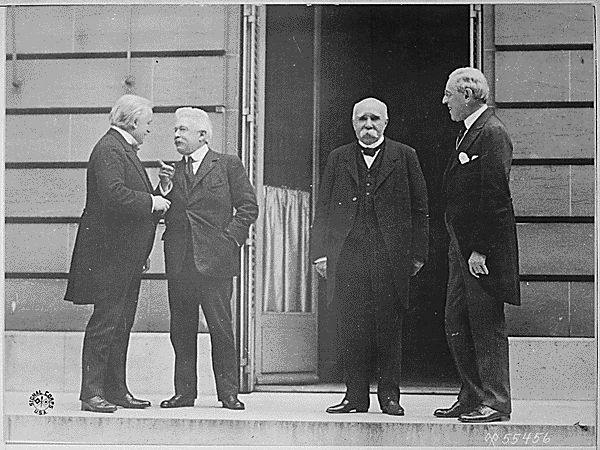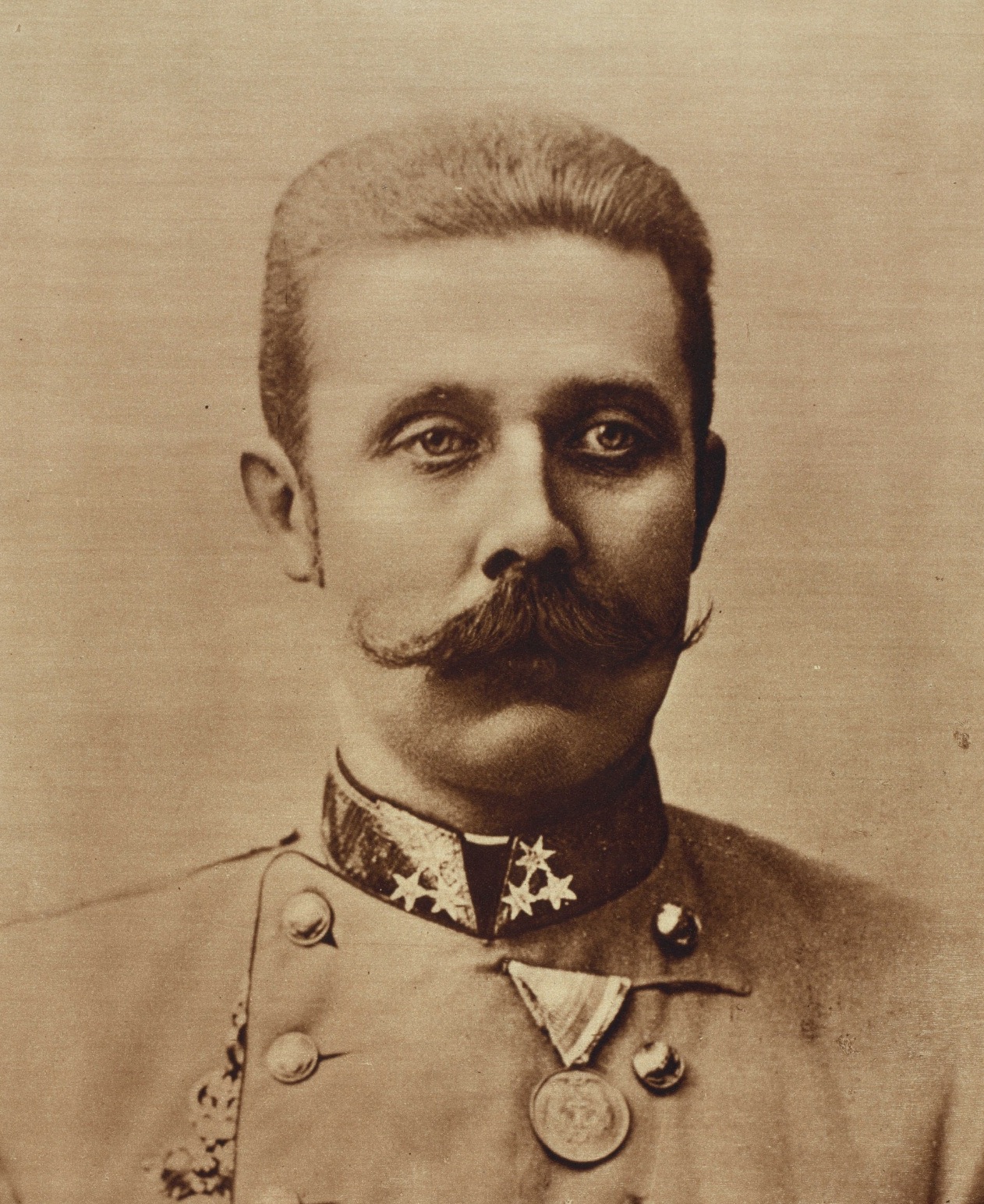
WWI is extremely confusing. There are so many treaties and agreements and then stipulations from prior agreements on top of that as well. Europe is an extremely dynamic and highly confusing region in the years leading up to the first World War.
First, to understand where the alliances lie, you need to start from the beginning of it all. Even though the war officially started in 1914, the stage was being set much earlier before that. Serbia and Russian's interests in supporting the slavics greatly conflicted with Austria-Hungary full support of Germany. This conflict was compounded by the 1872 Emperor's League between Germany, Russia, and Austria-Hungary. Old ties to this treaty put a great deal of pressure on Russia. this is just a small portion of alliances when compared with the greater scope of the political issues.
These are the watered down, cold hard facts of the alliances of the war:
First, Austria-Hungary declared war on Serbia for the assassination of Franz Ferdinand. Then, as Russia was bound by treaty to Serbia, activated troops for Serbia's defense. Germany then declared war on Russia because Russia's activity was seen as an act of war. Although franc was treaty-bound only to Russia, they too found themselves at war with germany, and coincidentally with Austria-Hungary as well. Then Britain was obligated to enter the war because of an alliance with france, but was also obligated to defend belgium because of the terms laid out in a 75 year treaty. Because of a military agreement with Britain, Japan entered the war as well. Italy tried to stay out of the war for as long as possible, but by 1915, she sided with the allies.
It is easy to see how complicated this war became. What was intended as a limited war only between two countries turned into a massive world war. Treaties made generations before this took place were used as guidelines as to which alliances to make and ignore.



